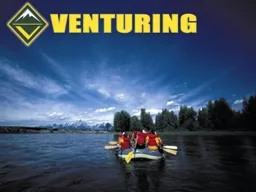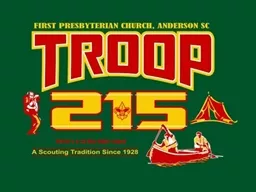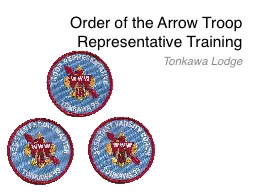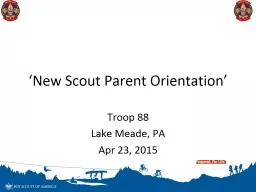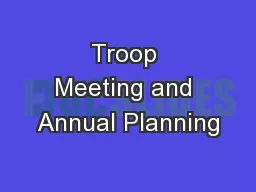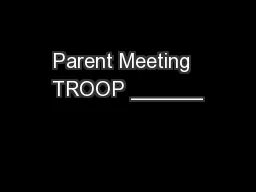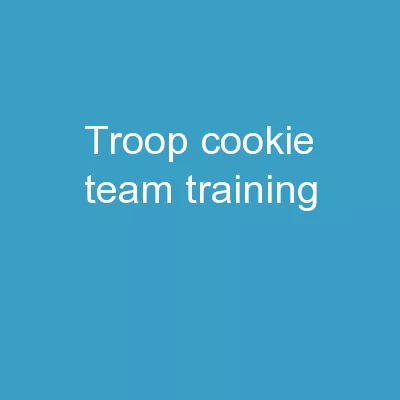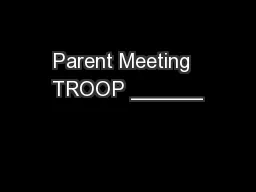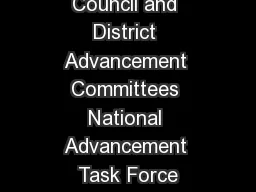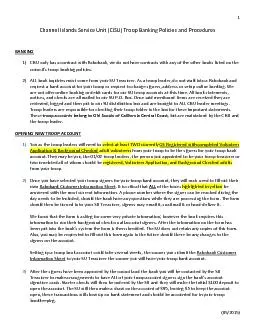PPT-Effective Troop Advancement
Author : test | Published Date : 2018-11-04
Expiration Date This presentation is not to be used after January 31 2019 Obtain an updated version at wwwscoutingorgadvancement National Advancement Task Force
Presentation Embed Code
Download Presentation
Download Presentation The PPT/PDF document "Effective Troop Advancement" is the property of its rightful owner. Permission is granted to download and print the materials on this website for personal, non-commercial use only, and to display it on your personal computer provided you do not modify the materials and that you retain all copyright notices contained in the materials. By downloading content from our website, you accept the terms of this agreement.
Effective Troop Advancement: Transcript
Download Rules Of Document
"Effective Troop Advancement"The content belongs to its owner. You may download and print it for personal use, without modification, and keep all copyright notices. By downloading, you agree to these terms.
Related Documents


